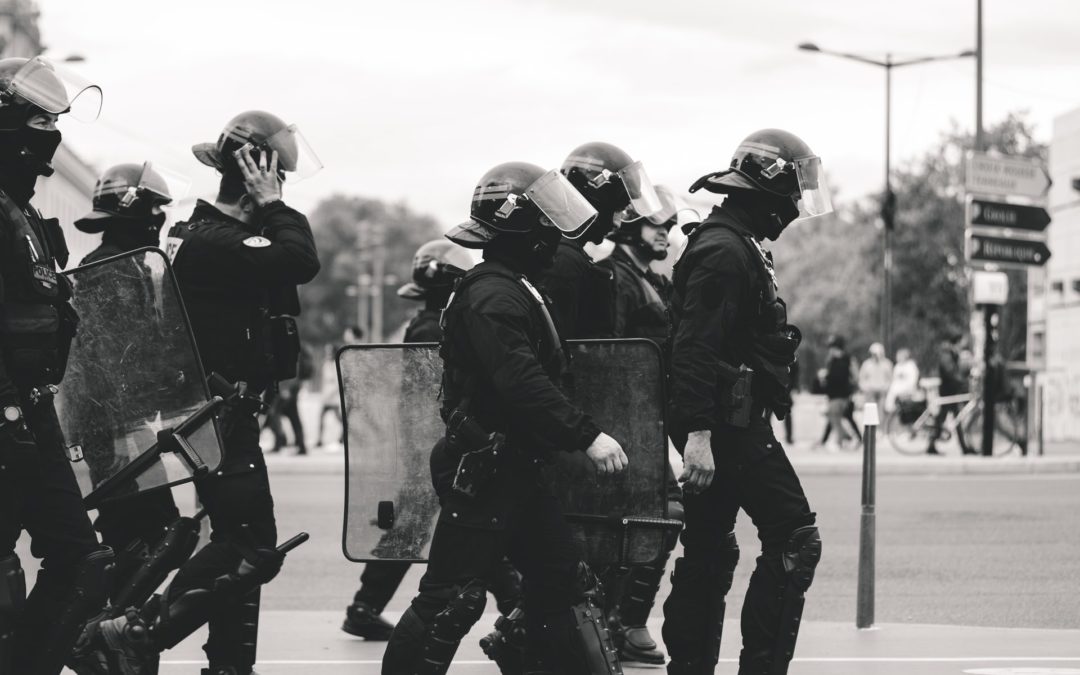Non-lethal options for police are a hot topic. Police jurisdictions across America have been put under a microscope. As more and more citizens come forward with footage of violent police interactions, many are calling into question outdated tactics and even suggesting that cities and counties defund their police departments. Above all, citizens and lawmakers are looking for non-lethal ways to restrain suspects.
Non Lethal Weapons
The NYPD uses low-dosage tasers, pepper spray, batons, mesh blankets, and even dogs. Companies are responding by offering new products. Bola Wrap shoots string around a person’s legs or arms. Bull horns have been modified to work with a 300-foot radius. There’s a device used by Japanese police that looks like a giant taco shell for humans. Rather than try to handcuff or restrain by force, they simply wrap this thing around the person.
While there are myriad of “non-lethal” options available to police precincts, many are still considered violent, or excessive. Indeed, many people question the necessity of police intervention for responding to many non-violent domestic calls. This is a double edged sword. There’s a perception that mental health interventions may be able to address many situations that police are involved in. While it is true that many lethal encounters involve mental health issues, assuming that a mental health professional would be safe to deal with the situation is probably a incorrect.
Training is Key
The Newark, NJ police precinct has set a new precedent – they didn’t fire a single bullet in 2020. Equally impressive, protests in 2020 remained peaceful. They credit their great feat to de-escalation training. Lucky is the officer that can go his/her entire career without using their gun. But just because Newark had a bullet free year, doesn’t mean this is true all the time. It does provide an example of what is possible.
As the role of the police continues to dominate the public conversation, more focus is being placed on training. Officers are only able to react as they’ve been trained. If we update the training, the response we see will change with it.


